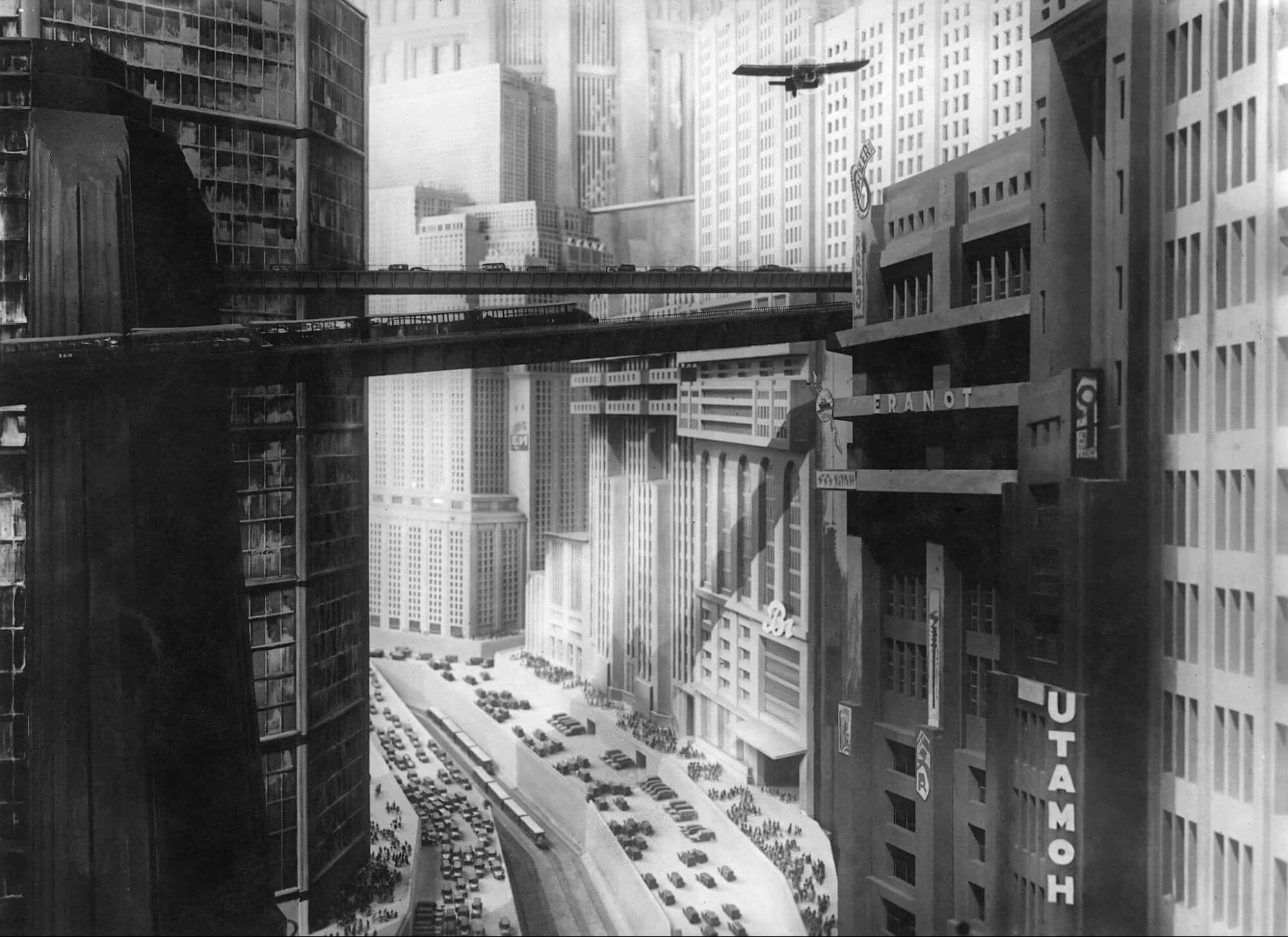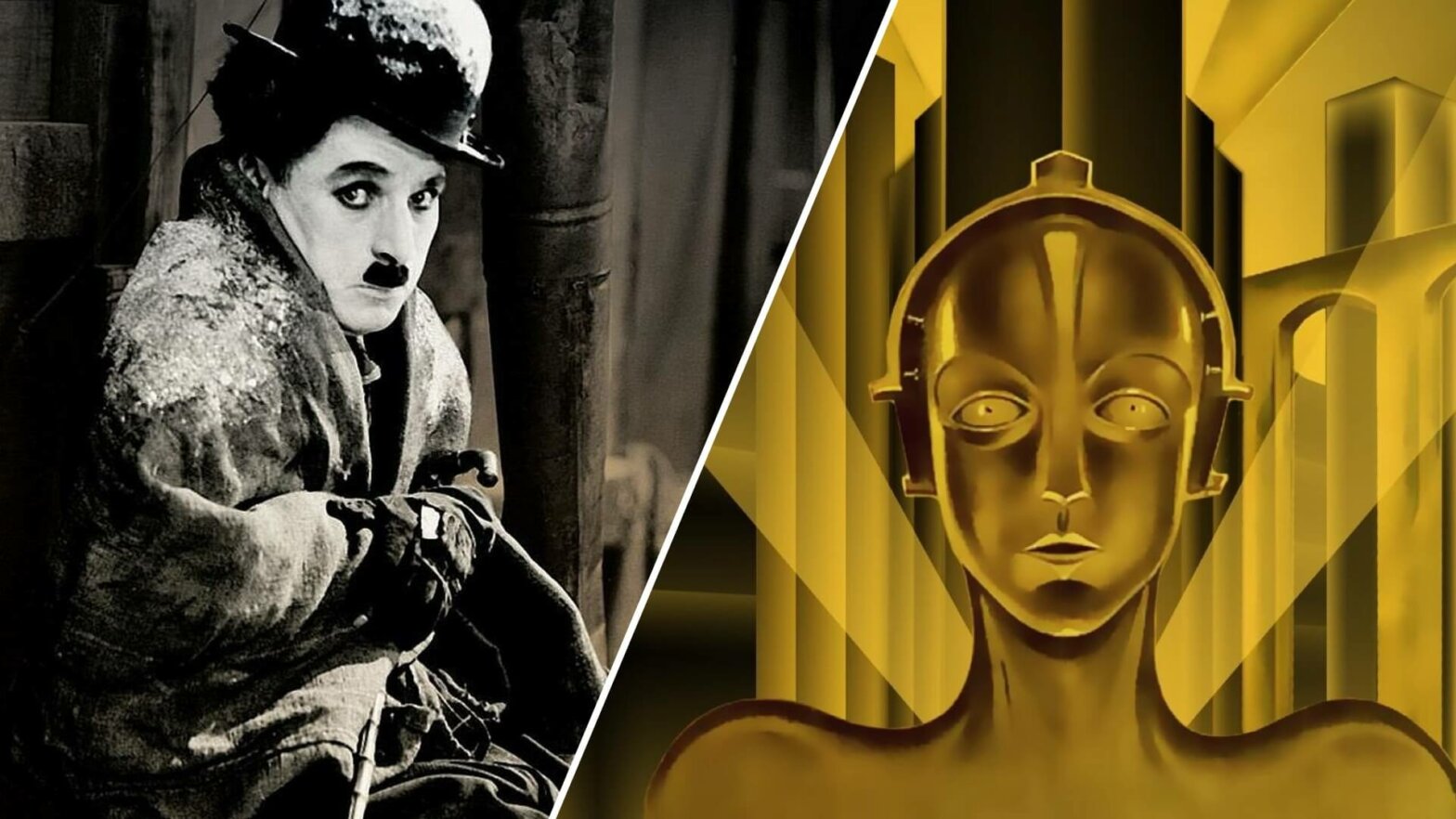 Silent Film Silent Film Example Metropolis StudioBinder" width="700" height="509" />
Silent Film Silent Film Example Metropolis StudioBinder" width="700" height="509" /> Silent Film How Movies Speak Without Words Featured" width="1568" height="882" />
Silent Film How Movies Speak Without Words Featured" width="1568" height="882" />
S ilent films, the heart of cinema’s dawn, spoke volumes without uttering a word. They taught us to see, not just look; to feel, not just hear. Each frame was a canvas, each gesture a dialogue. It was here that cinema found its voice amidst silence. Their essence? Powerful storytelling that transcends time and technology.
Delving deeper into this beguiling world of silence and expression, let’s define what constitutes a 'silent film.'
A silent film is a type of motion picture that does not include synchronized recorded sound or spoken dialogue. The idea of silent cinema is rooted in the ability to convey a story purely through visual elements such as actions, expressions, and title cards, which are interjected into the film to provide narrative structure or convey dialogue and other important details. In essence, silent films were a distinctive genre that relied on visual cues and music to tell compelling stories, making them a unique and foundational part of cinematic history.
Picture this: the year is 1894, and Thomas Edison’s Kinetoscope has just made its debut. People are marveling at this new invention, a box that allows them to peer into a different world. This was the beginning, the birth of cinema.
What made silent films unique? Well, they were 'silent' not because they lacked noise, but because they lacked synchronized dialogue.
Instead, these films leaned heavily on physical gestures and exaggerated expressions to convey the plot. This video breakdown by Crash Course takes a deep dive into the history of the silent film era.
Now, this era gave us some truly memorable films and filmmakers. Take Charlie Chaplin, for instance, with his iconic character, "The Tramp." His film The Kid (1921) is still considered a classic.
Or consider Fritz Lang's Metropolis (1927), a pioneering work of science fiction that pushed the boundaries of special effects and visual storytelling.
 Silent Film Silent Film Example Metropolis StudioBinder" width="700" height="509" />
Silent Film Silent Film Example Metropolis StudioBinder" width="700" height="509" />
Silent films weren't just a form of entertainment; they were a cultural phenomenon. They bridged language barriers, bringing people from different backgrounds together in shared experiences. They reflected the societal issues of their times, from the joyous escapism during World War I to the economic anxieties of the Great Depression.
The era of silent films was a pivotal period in cinematic history, shaping the way for the movies as we know them today. These films may have been silent, but they spoke volumes through their stories, their characters, and their impact on society.
Silent films, a unique genre in the cinematic world, have several noteworthy characteristics that set them apart from other types of movies.
Without spoken dialogue, silent films relied on visual cues to narrate the story. This included exaggerated expressions and gestures from actors.
To make up for the lack of audible dialogue, silent films used intertitles. These were text plates inserted into the film to provide narrative structure or reveal character dialogue.